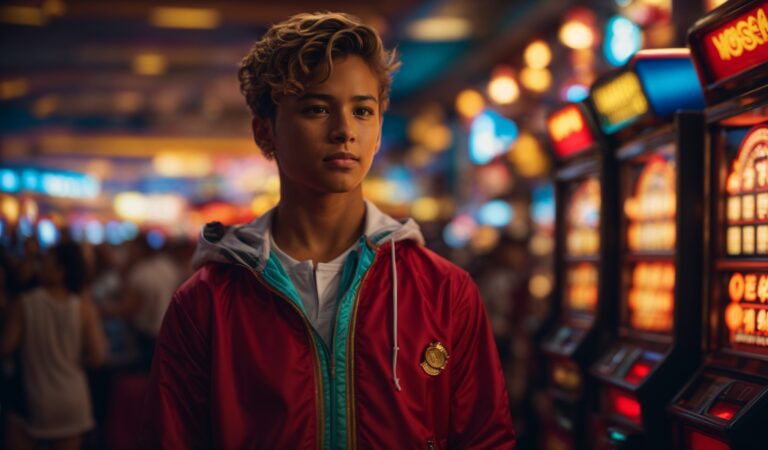
Unveiling the Pioneering Work of Joseph Nicephore Niepce: The
Nicephore Niepce, a French inventor, created the first permanent photograph in 1826, marking a new era in visual storytelling. Born in 1765 in Chalon-sur-Saône, France, Niepce pursued his passion for science and technology despite initially training as a lawyer. His experiments with light led to heliography, a process using sunlight to form images on light-sensitive surfaces. On January 7, 1826, Niepce created the first permanent photograph, "View from the Window at Le Gras," after a 6-hour exposure. Collaborating with Louis Daguerre, Niepce helped develop the daguerreotype process, refining photography techniques. His innovations paved the way for modern photography, impacting art, culture, and documenting history. Niepce's pioneering work continues to inspire generations of artists and photographers. For more on Niepce, visit the Metropolitan Museum of Art or the J. Paul Getty Museum websites.
Table of Contents
- The Pioneering Spirit of Nicephore Niepce
- Early Life and Innovations
- The First Permanent Photograph
- Collaboration with Louis Daguerre
- Legacy and Impact
- Conclusion
The Pioneering Spirit of Nicephore Niepce: A Revolutionary in Photography
In the realm of photography, there are few names as iconic as Nicephore Niepce. A French inventor and pioneer, Niepce is credited with creating the first permanent photograph in 1826, marking the beginning of a new era in visual storytelling. His groundbreaking work laid the foundation for the development of photography as we know it today, and his legacy continues to inspire artists and photographers alike.
Early Life and Innovations
Born on March 7, 1765, in Chalon-sur-Saône, France, Niepce was a member of a wealthy family who encouraged his curiosity and inventive spirit from a young age. He began his career as a lawyer, but his true passion lay in science and technology. Niepce’s fascination with light and its properties led him to experiment with various techniques, including heliography, a process that involved using sunlight to create images on a surface coated with a light-sensitive substance.
The First Permanent Photograph
On January 7, 1826, Niepce achieved a major breakthrough when he created the first permanent photograph, titled “View from the Window at Le Gras.” This 6-hour exposure captured the view from his window, showcasing the courtyard and surrounding buildings. The image, although blurry and faint, marked a significant milestone in the history of photography.
Collaboration with Louis Daguerre
Niepce’s work caught the attention of Louis Daguerre, a fellow French artist and inventor. The two men collaborated on several projects, including the development of the daguerreotype process, which produced highly detailed and durable photographs. Although Niepce passed away in 1833, his partnership with Daguerre continued, and the latter went on to refine the daguerreotype process, making it more accessible to the public.
Legacy and Impact
Nicephore Niepce’s contributions to photography cannot be overstated. His innovative spirit and perseverance paved the way for future generations of photographers and scientists. The development of photography has had a profound impact on society, enabling us to capture and preserve moments from our lives, as well as documenting historical events and cultural heritage.
As noted by the Metropolitan Museum of Art, “Niepce’s invention of the heliograph marked the beginning of a new era in the history of art and science.” Today, photography is an integral part of our daily lives, from social media to journalism, and Niepce’s pioneering work remains an essential part of this narrative.
Conclusion
Nicephore Niepce’s legacy serves as a testament to the power of innovation and creativity. His groundbreaking work in photography has inspired countless artists, scientists, and historians, shaping the course of human expression and understanding. As we continue to push the boundaries of photography and visual storytelling, we owe a debt of gratitude to Niepce’s pioneering spirit and his tireless efforts to capture the world around him.
For those interested in learning more about Niepce’s life and work, we recommend exploring the following resources:
- The Metropolitan Museum of Art’s website, which features an extensive collection of Niepce’s works and provides insight into his life and innovations.
- The J. Paul Getty Museum’s website, which offers a comprehensive overview of Niepce’s contributions to photography and its impact on art and culture.
References:




